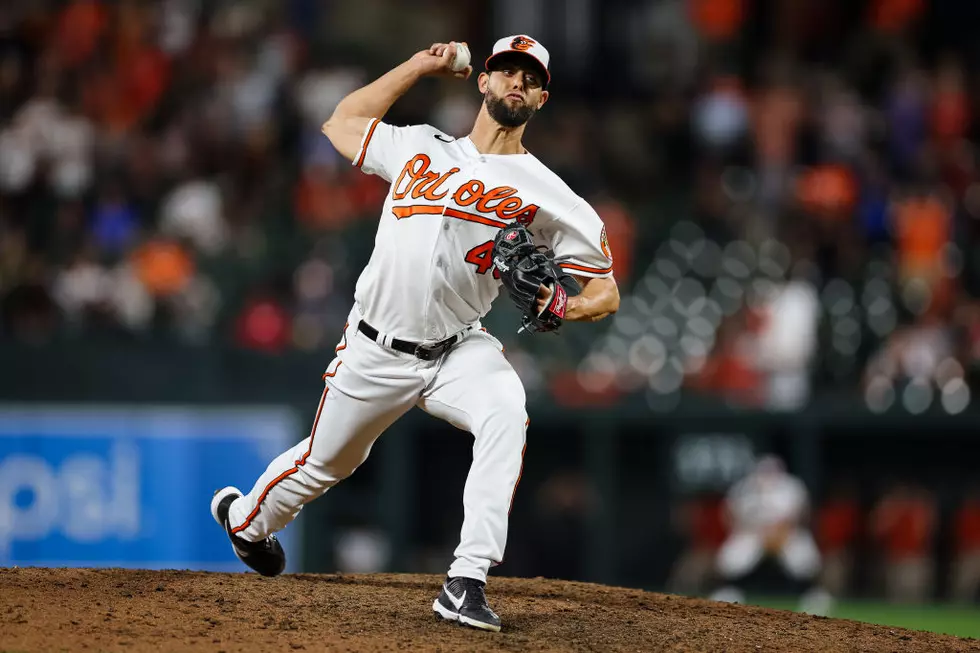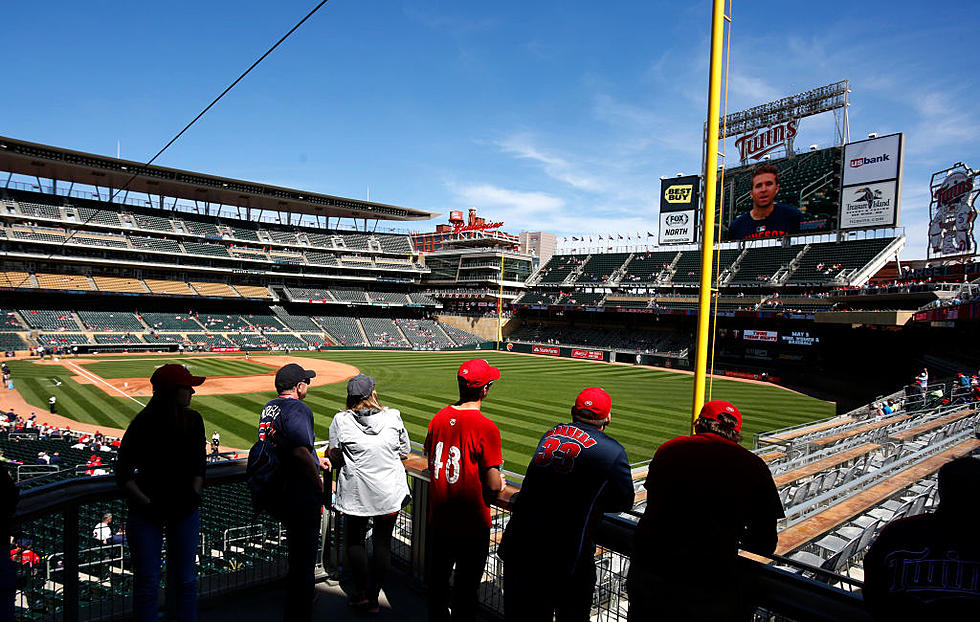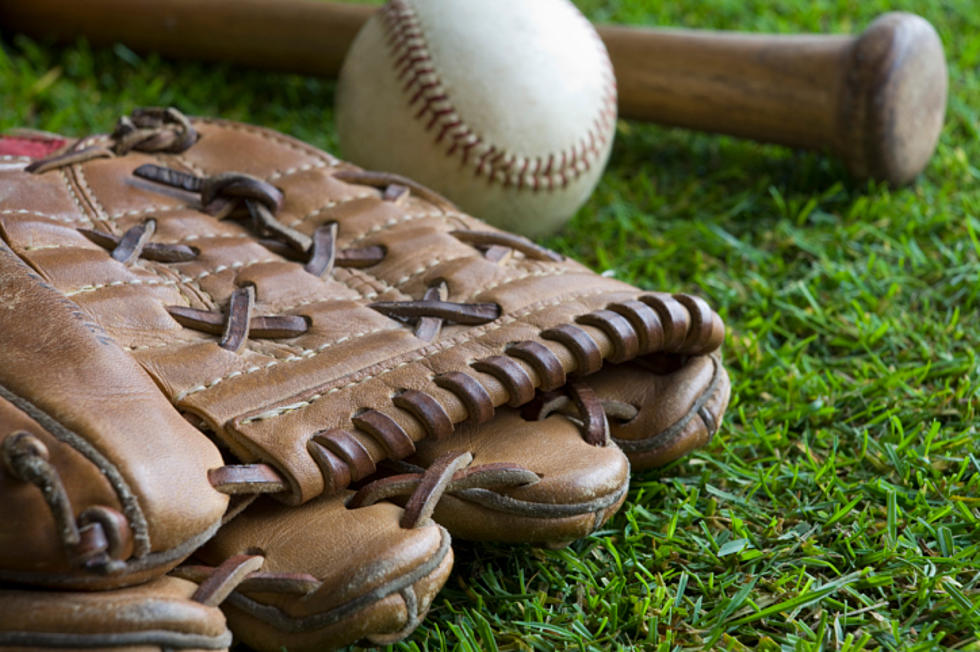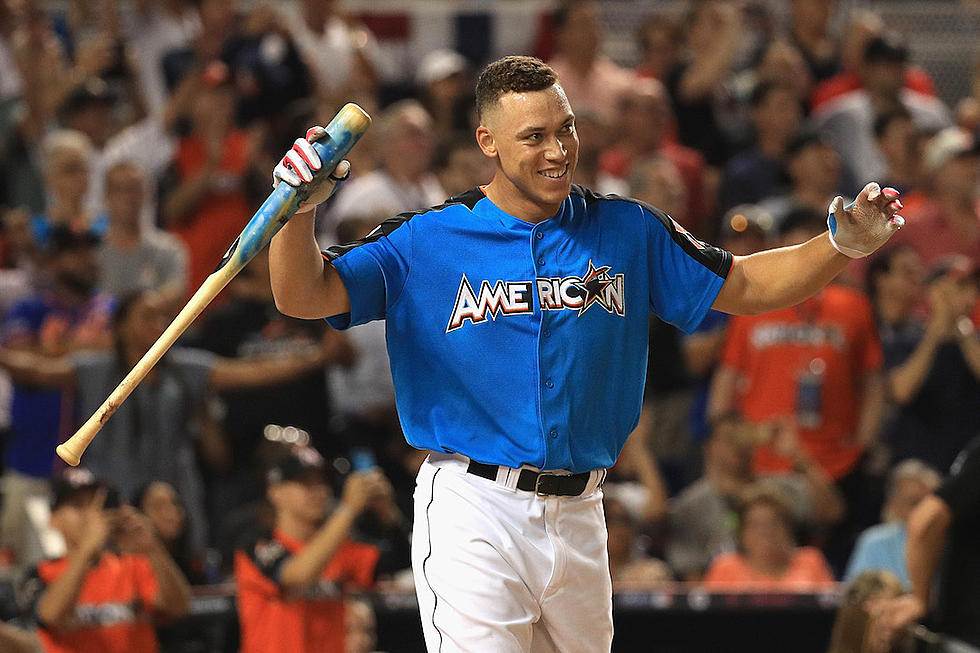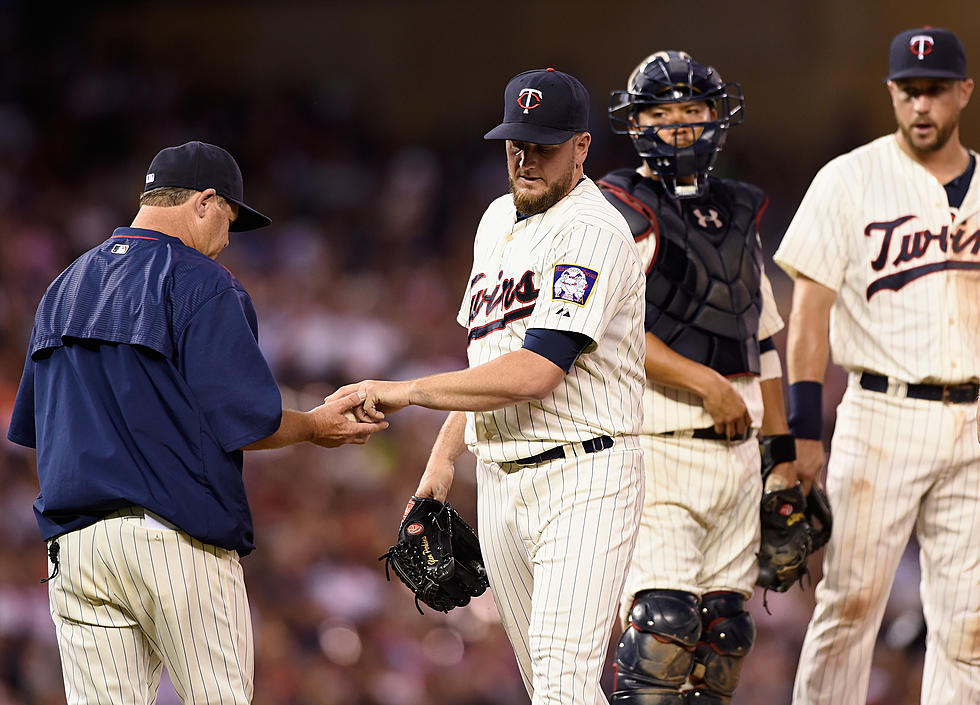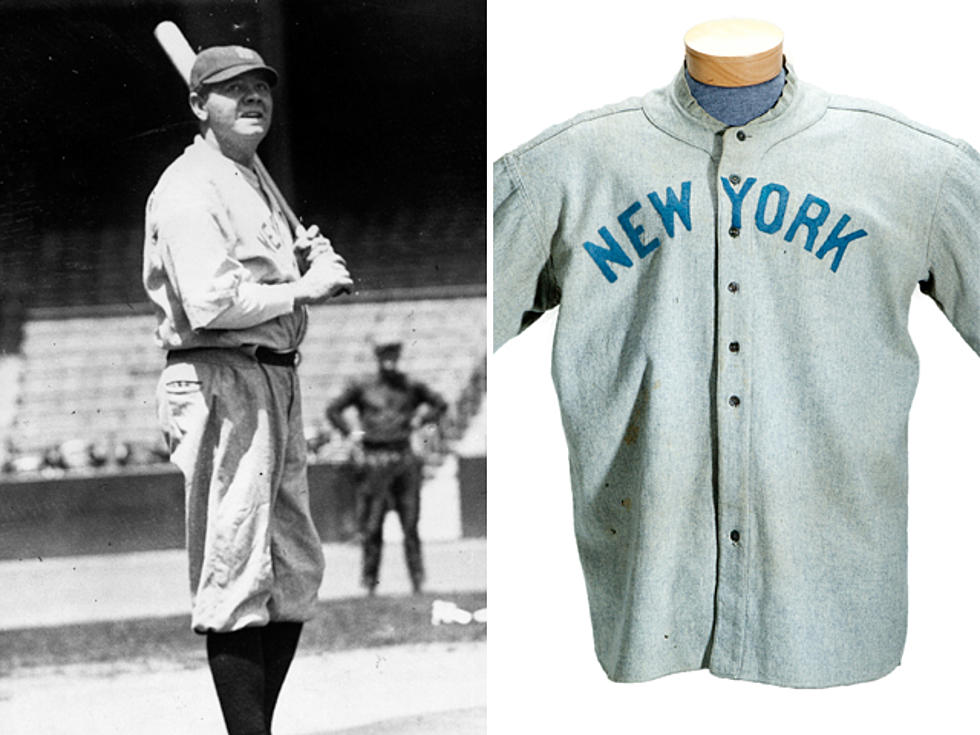
Top 10 MLB All Star Moments
The MLB All Star Game dates back to 1933, yet since 2003 the game actually mattered. Many people remember the embarrassing moment when both teams in the 2002 all star game ran out of pitchers. This forced the game to be called after the 11-inning. The game would be a tie, which then made Commissioner Bud Selig put in a rule, that the winning league would get home field advantage in the World Series. In reality there have been 8 World Series since that rule was put in placed, and the American league, and National League have both won four World Series. Yet the American League have had the home field advantage for seven of those Series(4-3), while National League have had it once(1-0). Yet this list is not about if or should the game matter, but instead it reflects the past great moments of the game. I hope you enjoy this list.
- 10
Torii Hunter Robs Barry Bonds
2002 Miller Park Milwaukee, WI- 7-7 tieWhile the 2002 All-Star Game ended in one of the most controversial finishes in baseball history, with the contest being called in a 7-7 tie after 11 innings, it started out with one of the best defensive plays ever in the Midsummer Classic. I remember this moment, I was stationed in my room, my 11-year-old eyes glued to a 20 inch TV, I was wearing my favorite players shirt(Torii Hunter). I was so happy to see Hunter in the All Star game, even if there was a chance this would could of been the last time a Minnesota Twin would of been there, because of the Contraction talk. In the first inning, Barry Bonds blasted a drive to right-center field, where Torii Hunter made a phenomenal catch to rob Bonds of a home run, what would have been a game-changing blast and helped avoid a tie. While that would have made for a better outcome and perhaps have prevented Bud Selig from making the All-Star Game "matter" when it comes to World Series home-field advantage had Bonds cleared the fence, it would have been just another All-Star Game home run instead of one of the game's most memorable defensive moments
- 9
John Kruk Faces Randy Johnson
1993 Camden Yard, Baltimore, MD-9-3 American LeagueWith two outs in the top of the 3rd inning, the Phillies John Kruk strolled to the plate to face-off against the American League's Randy Johnson, a hard-throwing lefty with a nasty slider. Johnson's first pitch, a fastball, sailed right over Kruk's head, noticeably spooking the Phillies first baseman. Kruk might as well have been sitting in the dugout for the remainder of the at-bat, as he was stepping out of the batter's box seemingly as Johnson went into his wind-up. Years later, in the 1997 All-Star Game, the situation almost repeated itself, when Randy Johnson faced the Rockies Larry Walker. The Big Unit again started-off with a fastball over the batter's head. Walker, a lefty, called time, turned his helmet backwards and completed the at-bat from the right side of the plate where he actually managed to earn a walk.
- 8
Mr October Arrives in July
1971 Tiger Stadium Detroit, MI-6-4 American LeagueWe all know about Reggie Jackson 3 home runs on three pitches in game six of the 1977 World Series, but in 1971 we witnessed one of the longest home runs in MLB history. Every year, fans marvel at the tremendous power of sluggers as they put on a show in the Home Run Derby. However, there may be no more prolific All-Star home run than the towering shot hit by Reggie Jackson in 1971. Jackson, then a member of the Oakland Athletics, stepped up to the plate in the third inning as a pinch-hitter. Pirates pitcher Dock Ellis tried to blow a high fastball by Jackson and failed. Jackson absolutely crushed the ball, with modest estimates placing the shot at 520 feet. Many believe it would have traveled in excess of 540 feet had it not slammed off a light tower on the roof of Tiger Stadium that stood some 100 feet above field level and 380 feet from home plate.
- 7
Fred Lynn Grand Salami( the only grand slam in All Star game history)
1983 Comiskey Park Chicago, Ill- 13-3 American LeagueMaking his last of nine straight All-Star appearances and his third as a member of the Angels, Lynn got the starting nod in center field for the American League in 1983. With the AL leading 2-1 heading into the bottom of the third, Lynn stepped to the plate with the bases loaded and smashed the first and only grand slam in All-Star Game history as the AL exploded for seven runs in the inning. The AL eventually piled on more runs and came away with a 13-3 win, and Lynn took home MVP honors for his grand slam.
- 6
Michael Young Hits a Walk-Off Sac Fly
2008 Yankee(old) Stadium New York City, NY- 4-3 American LeagueThe 2008 All-Star Game was already a special one, as it was held in Yankee Stadium in what would be the final season that the Yankees played in the "House That Ruth Built" before moving into their new stadium in 2009. With a bevy of Yankees great on hand, the game itself seemed to take a back seat early on. However, when the teams took a 3-3 tie into the 15th inning, it was clear that this was no ordinary All-Star Game. Following the embarrassing All-Star game tie in 2002, both teams were down to their final pitcher and staring down another potential tie. However, when the American League loaded the bases with one out in the bottom of the 15th, Michael Young came through with a deep fly ball to right field, as Justin Morneau tagged up and scored just ahead of Cory Hart's throw.
- 5
Pedro Dominates First Two Innings
1999 Fenway Park Boston, MA- 4-1 American LeagueIn 1999, Pedro Martinez got the start for the AL, and he struck out the side in the first inning, setting down Barry Larkin, Larry Walker and Sammy Sosa. After fanning Mark McGwire to start the second, he was one punchout away from tying Carl Hubbell's All-Star Game record. Matt Williams broke up the streak, reaching on an error, but Martinez was quickly out of the inning, striking out Jeff Bagwell and catching the stealing Williams to end the second. The two dominant innings were enough to secure the MVP for Pedro in front of the hometown fans, as he showed why he was so impressive during the regular season
- 4
Pete Rose Collision
1970- Riverfront Stadium Cincinnati, OH- 5-4 National LeagueCall it great hustle, call it a dirty play, call it what you want—it is one of the top moments in All-Star Game history. With the game knotted at 4-4 in the bottom of the 12th, and Rose standing on second base, Jim Hickman singled up the middle and Rose decided to push it. Center fielder Amos Otis made a great throw to catcher Ray Fosse, who blocked the plate well as Rose looked to be dead in the water. However, a violent collision ensued, and Rose jarred the ball loose and gave the NL the walk-off win. Fosse had a dislocated shoulder and was never the same player again. As unfortunate as that was, the collision is still one of the images that will forever be remembered about the All-Star Game.
- 3
Babe Ruth Hits The first Home Run in All Star Game History
1933 Comiskey Park Chicago, Ill- 4-2 American LeagueIn 1933, the city of Chicago hosted the World's Fair, and local sports columnist Arch Ward suggested that there was no better place and time to display the game's top talent in the first ever MLB All-Star Game. Ward's brainchild was to only be a one-time event, but it was hugely successful and became a yearly tradition, thanks in part to one Babe Ruth. At 38 years old, just two years from retirement, Babe Ruth was still the game's biggest draw and the man everyone wanted to see. He did not disappoint. In the third inning, Ruth did what everyone in the stadium wanted him to do, taking a Bill Hallahan offering deep for a two-run home run, giving the AL a 3-2 lead, as they would go on to win 4-2.
- 2
Hubbell Strikes Out Five Future Hall of Famers
1934 Polo Grounds New York City, NY- 9-7 American LeagueWhen you have 253 career victories and are in the Hall of Fame, but you are most remembered for your performance in an exhibition game, that speaks volumes to what an impressive performance it was. Enter Carl Hubbell. In 1934, coming off a season in which he won 23 games and took home NL MVP, Hubbell was the starting pitcher for the NL in the All-Star Game. Hubbell, who featured a devastating screwball, had the dubious honor of facing an absolutely stacked AL lineup, but he was more than up to the task. Starting with the legendary Babe Ruth, Hubbell would strike out five consecutive future Hall of Famers, with Lou Gehrig, Jimmie Foxx, Al Simmons and Joe Cronin following Ruth on the long walk back to the dugout
- 1
Cal Ripken Jr Homers in Last All Star Game
2001 Safeco Field Seattle, WA- 4-1 American LeagueRipken was putting the finishing touches on a Hall of Fame career when he was elected to the All-Star Game in 2001, the last season of his storied career and his 19th consecutive All-Star appearance. Despite a less than impressive line of .240 BA, 4 HR, 28 RBI line in the first half, Ripken was voted in as the AL's starting third baseman. He wouldn't start the game at third, however, as Alex Rodriguez switched positions with him to start the game, allowing Ripken to play one last All-Star Game at his original shortstop position. Had it ended there, this would still have been one of the All-Star Game's most memorable moments. Ripken was far from done, though. Leading off the third inning, with the game still scoreless, Ripken hit the first pitch he saw over the left field wall, making him the oldest player ever to hit a home run in the All-Star Game. The solo blast earned him MVP honors, as the AL prevailed 4-1, and Ripken had one last shining moment on the national stage. Even though there are a lot great moments, but the reason for Ripken to get the number one spot is, because Cal won the MVP, and all the what he did through out his career, from winning a World Series, and becoming the true Iron man.
More From Sasquatch 92.1 FM
